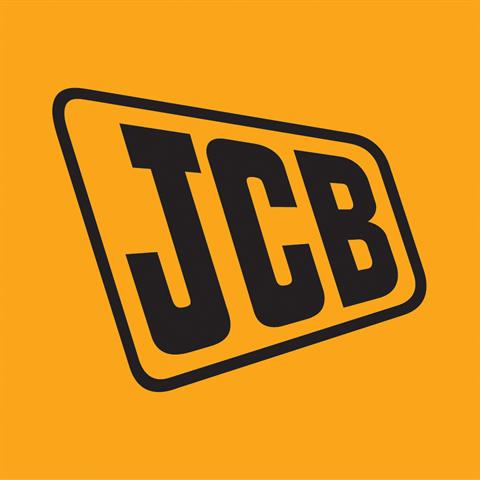 JCB has cut 1,000 jobs in past three months |
Experts are advising businesses to brush up on their human resources skills as redundancies become more widespread.
Already, the global slowdown is forcing manufacturers to shed staff, and the materials handling sector is not immune. UK forklift manufacturer JCB has laid off 1,000 workers since November last year (
Forkliftaction.com News #393), and US forklift manufacturer NACCO expects to cut further jobs over the next 12 to 18 months after laying off almost 90 workers in October last year.
Staffing experts warn that making people redundant will never be easy but there are steps companies can take to ease the process for all involved.
June Parker, general manager of LINK HR Consulting, an Australian consulting service, says companies forced to make employees redundant need to manage the process carefully to protect their organisation and minimise potential damage to their remaining staff and their brand.
"The flow-on effects from the global financial crisis means a generation of managers who have never made a retrenchment before are suddenly faced with laying off staff," she says.
Parker suggests companies engage an outplacement adviser for advice and assistance before making the redundancies. "Instead of calling in the outsourcing experts once redundancies have been made, it is preferable to work with your consultant to get these early stages right; getting this wrong can be a substantial hit to staff morale, as well as to the company's internal and external brand."
John Read, regional managing consultant - outplacement and executive coaching for global recruitment provider Hudson, says there are three keys to preparing staff for changes in any organisation. "The first one is internal communications - ensure you have told employees the real reasons for the changes that are coming," he says. "Start by giving them a very clear and honest picture of the business - how have the markets changed; identify and explain what happened to customers and the impact on the company.
"Aligned with internal communications is planning. Create and communicate a schedule for separation that meets business demands and individual needs.
"The final key is to have a positive program to manage emotional reactions that may arise in the group who are staying behind as well as those who are leaving. Providing staff with safe channels for their feelings and pathways to move ahead are important components of an effective change strategy."
Parker says best-practice outplacement services recognise that individual employees experience the transition and separation differently.
"Outplacement needs to be tailored, as some employees made redundant are more positive whilst others are devastated," she explains. "A good outplacement provider never assumes how someone will react, knows how to deal with the employee's emotions and allows individuals to express themselves in a safe environment."
Read says Hudson provides consulting to companies to help them plan their restructuring effectively. "Our Leading Change Management training enables managers to communicate messages about the separation effectively and sensitively.
"Career transition programmes are aimed at assisting affected staff to adapt to the changes they face and equip them to find alternative employment. These are offered in individual and group sessions as needed."
Read suggests companies seek tailored outplacement services to address different levels of services according to levels of staff, locations, numbers of staff involved and other factors identified as important.
Read adds that it is important to acknowledge that the managers themselves are affected.
"They (managers) need to respond appropriately to the new situation they find themselves in," he explains. "They need to ask for help from the human resources staff and prepare themselves by obtaining information about the changes coming and their role and responsibilities."
It is important to avoid gossip and to sensitively counter misinformation, he advises. "It is important to promote understanding and two-way communication and support one another to deal with the changes."
Read has found in his experience everyone responds differently to change and managers need to understand that resistance to change is normal. "Listen well to others before responding and stand by your staff and your company and demonstrate leadership."